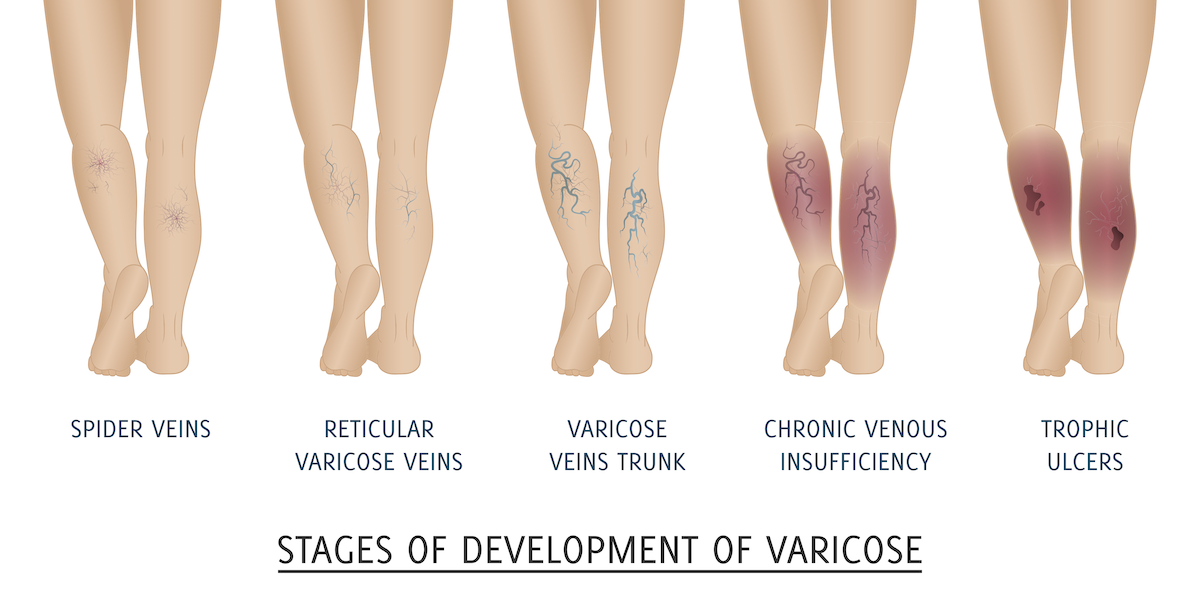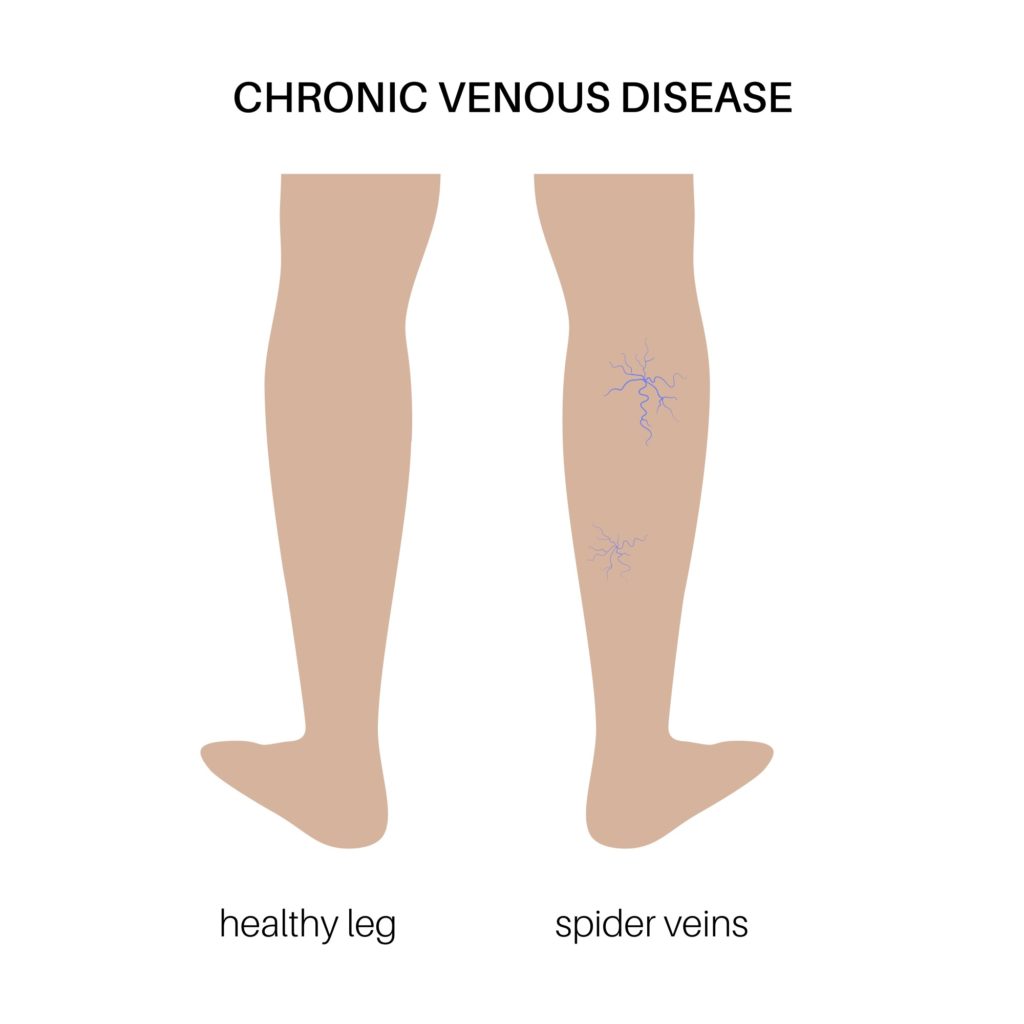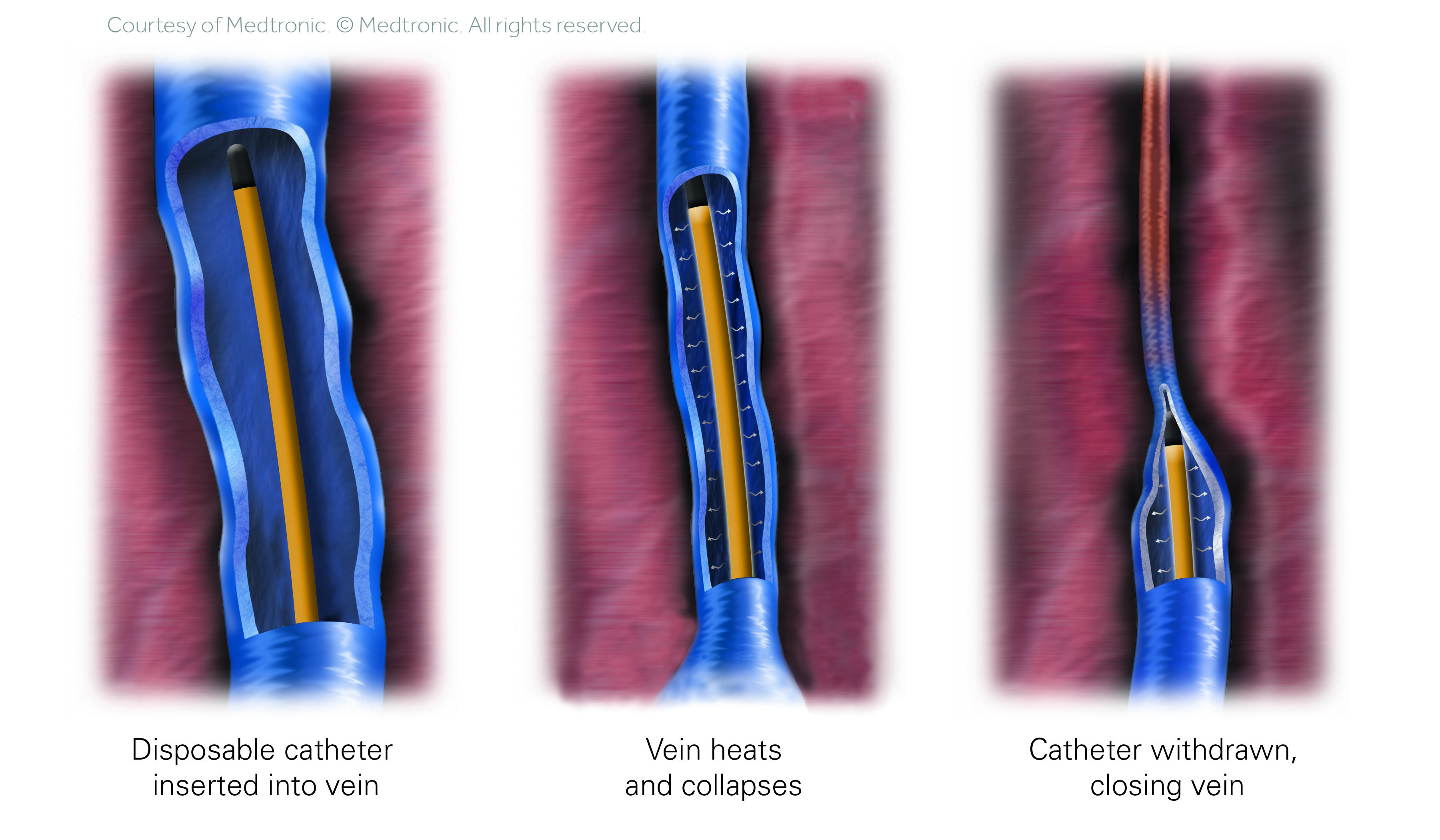Spider Veins

What Are Spider Veins ?
Spider veins are small, damaged veins that can appear on the surface of the legs or face. They may look like red, blue, or purple lines and are often shaped like a spider web or tree branches—hence the name.
Spider veins (medical term: telangiectasias) are small, dilated blood vessels near the surface of the skin. Unlike varicose veins (which are larger, twisted, and bulging), spider veins are thin and flat, but still very visible.


What Causes Spider Veins?
- Genetics – family history is a strong risk factor.
- Age – veins can weaken over time.
- Hormonal changes – especially during pregnancy, puberty, or menopause.
- Prolonged standing or sitting – can increase pressure in the veins.
- Sun exposure – particularly on the face.
- Obesity – adds pressure on veins.
- Injury or trauma to the skin.
Are Spider Veins Dangerous?
Typically, spider veins are not harmful and are mostly a cosmetic concern, but in some cases, they may cause:
- Aching or burning
- Mild swelling
- Itching around the vein
If symptoms become uncomfortable or worsen, it’s a good idea to consult a healthcare provider.


How Are Spider Veins Treated?
- Sclerotherapy – a solution is injected into the veins, causing them to collapse and fade.
- Laser treatment – especially effective for small veins and facial veins.
- Radiofrequency ablation – uses heat to close off veins.
- Compression stockings – help improve circulation and prevent new spider veins.
Prevention Tips
- Exercise regularly
- Maintain a healthy weight
- Avoid standing or sitting for long periods
- Elevate your legs
- Wear sunscreen
- Use compression garments if recommended

Frequently Asked Questions
Spider veins are small, thin veins that appear close to the surface of the skin, often looking like red, blue, or purple web-like patterns. They commonly appear on the legs, face, and ankles.
Return quickly to an active lifestyle!
